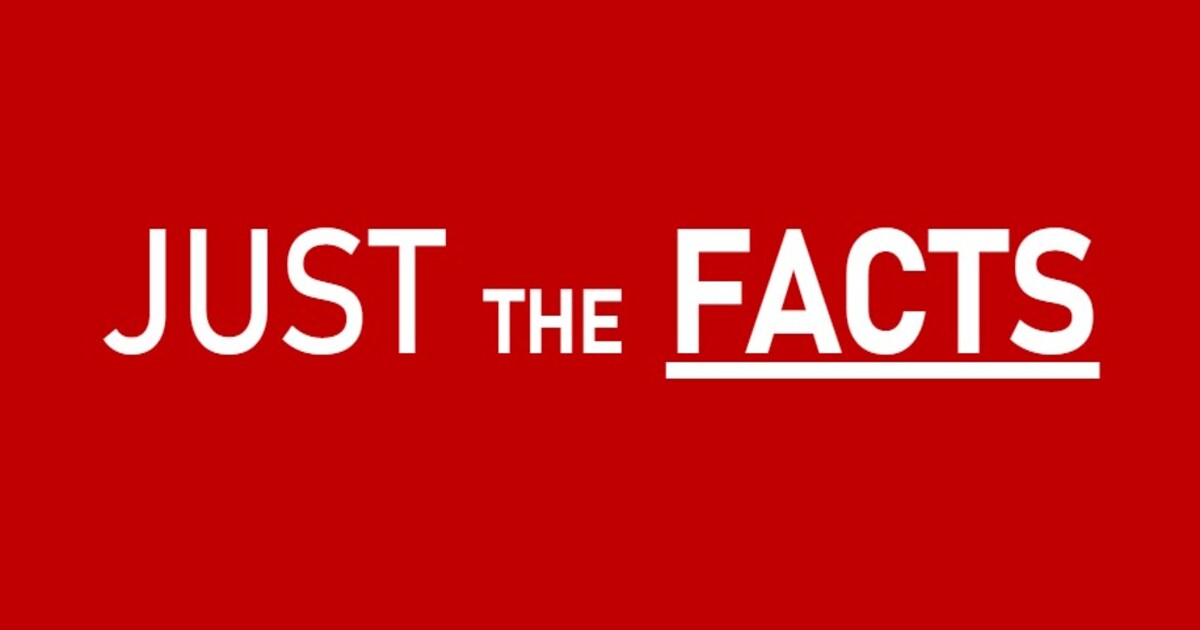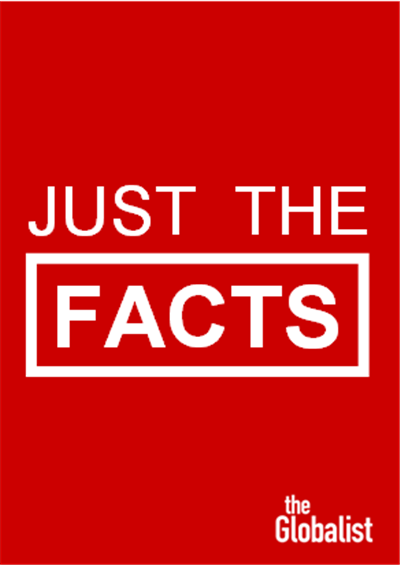The Economic Participation Gender Gap: Two More Centuries?
Across five economic dimensions, women’s inclusion in recent years has been slower than in other areas of life.
March 14, 2018

1. Women around the world face many challenges that go well beyond obtaining equal pay for equal work.
2. They also still have to overcome hurdles with regard to education, health outcomes and their representation in politics.
3. But the economic participation and inclusion gap often remains the headline gender disparity and with good reason.
The Women’s Education Gap Is Nearly Closed
Western Europe: The Fastest-Closing Gender Gap
4. With 217 years to go, the gender gap in economic participation and opportunities is expected to be the second-slowest gap (by issue) to close.
5. This projection come from the World Economic Forum’s 2017 report and is based on the current rate of progress over the past decade by issue and region.
6. The progress of women in this area is measured based on five dimensions.
7. They are relative labor force participation; wage equality for similar work; earned income ratios; the share of women in managerial, senior official or legislative roles; as well as the share of female professional and technical workers.
8. Surprisingly, the small and impoverished East African nation of Burundi ranks first worldwide for economic participation and opportunities for women.
Sources: World Economic Forum, The Globalist Research Center
